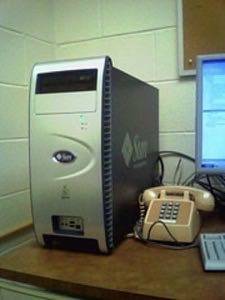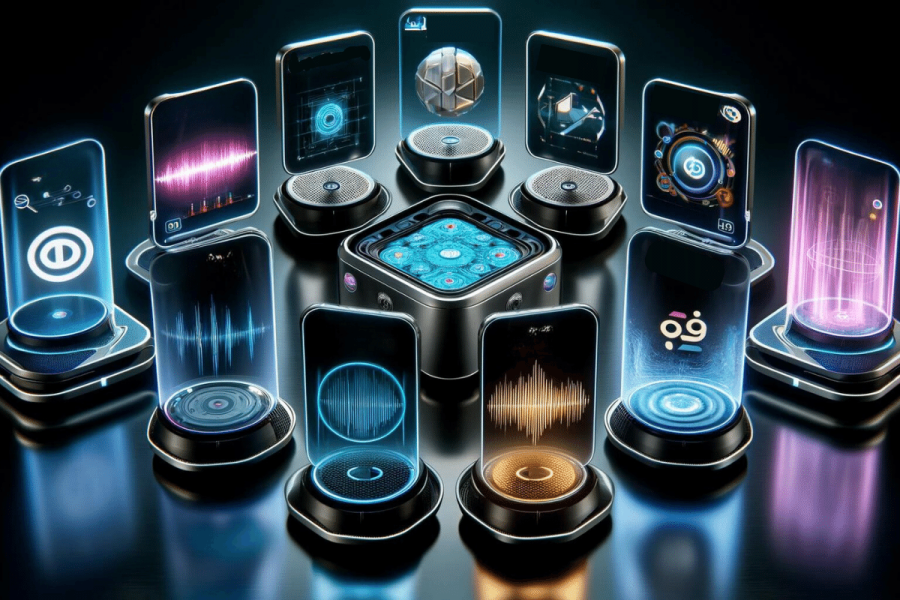Some of you may be reading our series on the Internet of Things and wondering: what use is this to me in my daily work? So one day my fridge will be able to tell me when the milk has run out, when I travel my luggage will have an RFID tag and not be lost, my home will be automated via Twitter. But none of this affects my job – does it? Well, no. But the world of Internet-connected objects will impact your work life as much as your home life.

If you’re a product manager, marketer, or simply part of a business that revolves around products (yes, things), read on to find out how this will affect you.
When commercial products are connected to the Internet, it will introduce a whole new range of functionalities and marketing possibilities. We discussed this with Tim Berners-Lee, the inventor of the Web, back in June. Using the scenario of a household phone, Berners-Lee explained how it can connect to the Web with a simple URI (i.e. link):
“I can give a URI to my phone […] also the company that made it can give a URI to the model of the phone. They can also put online all the specs of the phone, and then I can make a link to say that my phone is an example of that product. So now any system which is dealing with me and has access to that data will be able to figure out the sorts of things I can do with my phone, which actually is really valuable.”
That scenario from Tim Berners-Lee was mostly from the consumer’s point of view, but manufacturers and retailers can also do interesting things with their Internet-connected products.
Track Usage – Mmmmmm, Marketing Data!
If a product is connected to the Internet then (theoretically at least) you the manufacturer and/or retailer can track the consumer’s usage of the product. The phone will probably have an RFID chip, which then connects to the Internet and enables a two-way link between you and the customer.

As a product or marketing manager, think of all the great user data you could get from that RFID tag! Some of the things you may be able to find out:
- How often the customer uses the phone
- Average time they spend on each call
- What features of the phone they use the most
- Were they use it most (in combination with location sensors perhaps)
- Who in the household uses it (and the times they each use it)
By the time this kind of product usage tracking is possible, privacy laws may have evolved. But even if that’s the case, you the producer may easily be able to cut deals with lots of consumers – give us all that data, you may say, and we’ll shave 10% off the price!
Brand Management
Brand management also becomes richer if the product is connected to the Web. Ever heard of personalization? It’s been promised in the world of marketing for a long time. But up till now it’s just been your customers connected to the Web – on Twitter, Facebook or other social media sites.

However when your products are connected to the Internet too, it could give you a mountain of data about your customers. That is, the usage data mentioned above combined with what your customers are saying on Facebook, Twitter and so on. This will allow you to very tightly target marketing messages to the customer based on how they use the product, what features they use, where they use it; together with what features they’re saying they want on social networks. You may even be able to get fairly accurate demographic data about the customer, allowing you to filter social networks more granularly.
Another possibility is cross-promoting other channels: we notice that you use the phone a lot in your home office, have you seen our new fax machine?
Software as a Service
So far we’ve discussed how Internet of Things could benefit product or brand managers. Here’s something that can benefit everyone: the software in a consumer product can be automatically updated over the Internet, as soon as there’s an update. You’ll recognize this functionality from web 2.0: any software that runs on the Internet can be upgraded for the user at any time, centrally by the company. It’s one of the advantages of Google Docs over Microsoft Office, for example.

In the phone scenario, perhaps there’s a brand new answering phone feature that you the manufacturer has just invented. You could easily add this feature to all of the phones whose hardware supports it, using the Internet. Perhaps the feature is accessed over the Web on your servers, or it may be downloaded onto the device itself. The customer is perhaps alerted to the new feature by a message on their phone when they wake up (if they choose to be alerted). So innovation is passed onto the customer very quickly – everyone wins, except your competitors!
Customer Service
Customer service will be revolutionized by Internet of Things. As manufacturer or retailer, you can troubleshoot problems via the Web using precise details from the customer’s product, fix software bugs in real-time, pinpoint any issues with the phone perhaps before the customer has even noticed, monitor how the phone performs against its warranty, pass on tips for phone usage based on how the customer uses the phone, and much more.
Conclusion
When products are connected to the Internet, it will open up a whole new world of commercial possibilities for manufacturers and retailers alike. As with most other Internet of Things scenarios, there will be privacy and usability issues to overcome. But producers of products can rub their hands together with glee at this future!
We’ve just scratched the surface – let us know in the comments your ideas and thoughts.
Flickr photos: KB35; tuxmentat; Aaron Landry; .A.A.










